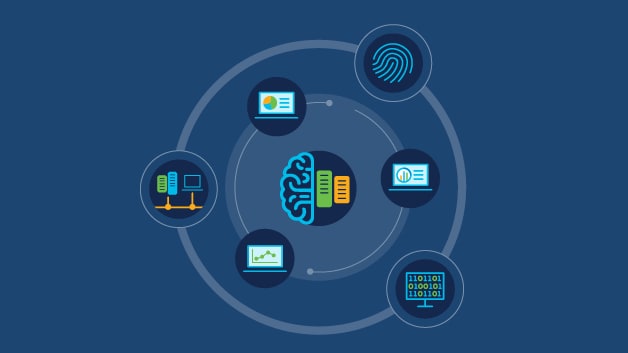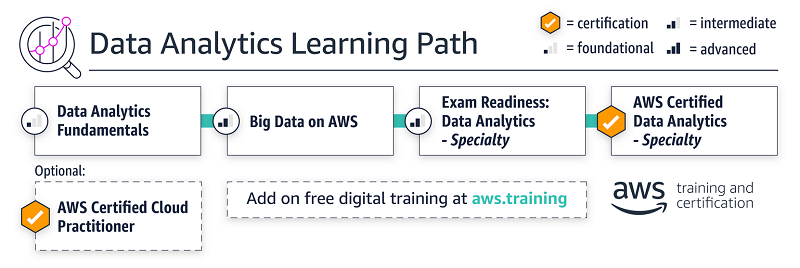
Artist robots can do what? Christie's recent sale, which sold a digital image of an artist robot to the tune of $69.3million, is an excellent example. Although the work was not created manually, it was made possible by machine learning and algorithmic processes. In other words, artist robots are making their presence felt in the mainstream art world. What about the future? What are the drawbacks and benefits of working with an artist-robot?
Art robots
Robotic art is divided into many sub-disciplines. Robotic installation is one type of robotic art. This involves robots that respond to viewers' interactions. These robots can then be programmed by the artist to respond in various ways. This type of art is becoming increasingly popular. Read on to learn more about the future of art with robots. It will likely become a common feature in museums and other venues within the next years. Here are some examples.
Cybernetic sculptures
CYSP (Cybernetic and Spatial Sculpture) was the first art robot designed by an artist. A group of artists created robotic sculptures capable of responding to their surroundings in the mid-20th century. The Senster was an interactive sculpture by these artists that had a voice that could speak to its surroundings. The artists started creating works with computer-controlled robotics in the 1980s.

Murals
These robot artists can create large-scale murals and designs on walls and other surfaces. Robots can create original artwork, but they aren't like human artists. They use algorithms to create art and can spray approximately 1 square meter per hour. These robots are able to paint murals three times larger than a traditional one. It is hoped that these robots can break the record for the largest mural.
Collaboration between artist and robot
Robot-based art is an emerging field. Whether it's an immersive mural, an abstract piece, or a collaborative piece, robots are creating stunning artwork. Robot-created artworks are actually the subject of several gallery exhibits. The robots creating the artwork are considered the true artists, as they do not require human input. Is that true? Are we seeing robots creating art, or are we simply seeing art created by robots?
Origins
Both robots' history and the history of artist performances are closely linked. The term robot was originally used in theatres and is still used in contemporary performance. Rabot was created by Pauline in 1981 when she began animating dead animals mechanically. Originally, this robot was meant to mimic the sensation of being tickled by a blade of grass. Its unpredictable movements recall the sensation of being tickled by a blade of grass. Its sonic and visual characteristics mimic living things.
Functions
Over the past decade artists have explored different representations of art, both conceptually and in material form. Artist robots allow artists to experiment with new concepts and explore all the possibilities of robotic art. These robots can be embodied to allow for natural interaction. Artists can explore their artistic and conceptual ideas and the resulting works are often reimagined in different domains. Other artists and researchers can use the performance as an instrument.

Criticism
It is easy to dismiss robot artists, but these robotic creators are an important force in contemporary art. Artist robots can convert selfies into line drawings or analyze crowd reactions to art. These new creations are raising ethical questions and spurring the creation of new art forms. Do you have an interest in the creation artist robots These are some things you should know.
FAQ
AI: What is it used for?
Artificial intelligence refers to computer science which deals with the simulation intelligent behavior for practical purposes such as robotics, natural-language processing, game play, and so forth.
AI is also known as machine learning. It is the study and application of algorithms to help machines learn, even if they are not programmed.
Two main reasons AI is used are:
-
To make our lives simpler.
-
To do things better than we could ever do ourselves.
Self-driving cars is a good example. AI can do the driving for you. We no longer need to hire someone to drive us around.
How does AI work?
To understand how AI works, you need to know some basic computing principles.
Computers store data in memory. Computers process data based on code-written programs. The code tells the computer what it should do next.
An algorithm is a sequence of instructions that instructs the computer to do a particular task. These algorithms are often written in code.
An algorithm can be considered a recipe. A recipe could contain ingredients and steps. Each step can be considered a separate instruction. One instruction may say "Add water to the pot", while another might say "Heat the pot until it boils."
What is the newest AI invention?
Deep Learning is the latest AI invention. Deep learning, a form of artificial intelligence, uses neural networks (a type machine learning) for tasks like image recognition, speech recognition and language translation. Google developed it in 2012.
Google is the most recent to apply deep learning in creating a computer program that could create its own code. This was accomplished using a neural network named "Google Brain," which was trained with a lot of data from YouTube videos.
This enabled it to learn how programs could be written for itself.
In 2015, IBM announced that they had created a computer program capable of creating music. Also, neural networks can be used to create music. These are known as NNFM, or "neural music networks".
Statistics
- In the first half of 2017, the company discovered and banned 300,000 terrorist-linked accounts, 95 percent of which were found by non-human, artificially intelligent machines. (builtin.com)
- That's as many of us that have been in that AI space would say, it's about 70 or 80 percent of the work. (finra.org)
- The company's AI team trained an image recognition model to 85 percent accuracy using billions of public Instagram photos tagged with hashtags. (builtin.com)
- Additionally, keeping in mind the current crisis, the AI is designed in a manner where it reduces the carbon footprint by 20-40%. (analyticsinsight.net)
- More than 70 percent of users claim they book trips on their phones, review travel tips, and research local landmarks and restaurants. (builtin.com)
External Links
How To
How to set up Amazon Echo Dot
Amazon Echo Dot, a small device, connects to your Wi Fi network. It allows you to use voice commands for smart home devices such as lights, fans, thermostats, and more. To begin listening to music, news or sports scores, say "Alexa". You can ask questions, make phone calls, send texts, add calendar events, play video games, read the news and get driving directions. You can also order food from nearby restaurants. You can use it with any Bluetooth speaker (sold separately), to listen to music anywhere in your home without the need for wires.
An HDMI cable or wireless adapter can be used to connect your Alexa-enabled TV to your Alexa device. For multiple TVs, you can purchase one wireless adapter for your Echo Dot. You can pair multiple Echos simultaneously, so they work together even when they aren't physically next to each other.
Follow these steps to set up your Echo Dot
-
Your Echo Dot should be turned off
-
The Echo Dot's Ethernet port allows you to connect it to your Wi Fi router. Make sure to turn off the power switch.
-
Open the Alexa app for your tablet or phone.
-
Select Echo Dot among the devices.
-
Select Add New Device.
-
Choose Echo Dot, from the dropdown menu.
-
Follow the on-screen instructions.
-
When asked, type your name to add to your Echo Dot.
-
Tap Allow access.
-
Wait until the Echo Dot successfully connects to your Wi Fi.
-
You can do this for all Echo Dots.
-
Enjoy hands-free convenience